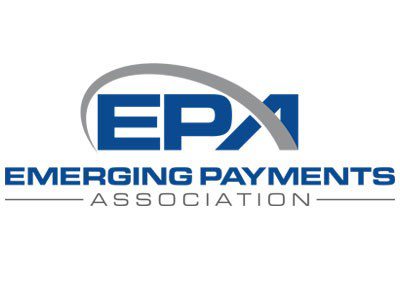
Glimpses of the Future
By Tony Craddock, Director General
Insight 1 – Difficult is not necessarily bad
It’s overwhelming sometimes. The regulations are complex and changing. The behaviour of consumers is slow to change, yet quick to excite. Partners are hard to find and are demanding.
Doing business here is unquestionably difficult. But when put alongside the scale of the opportunity, then managing difficulties and overcoming them will be rewarded. The country has 20 times as many people as the UK with a growing middle class with voracious appetite for new goods and services. There is an emerging demand for high quality, value added.
Being married can be difficult. But the rewards are so great that just because it’s hard, it does not mean we should not do it.
Doing business in China, albeit difficult, can bring significant rewards.
(By the way, it’s a bit difficult to import consumer goods from China. But you can take a zero off a £20,000 furniture suite if you do so. Try aliexpress.com).
Insight 2 – (Some of) China is in trouble
The recent quarterly survey by Professor Tie Gan, Professor of Finance at CKGSB in Shenzhen, ‘in overcapacity, i.e. not enough orders to fill the plant. Re Government Index production and employment indices all indicate contraction’. Overcapacity is at a historical high
But financing is not a bottle neck nor is availability of technology or government policy. “What China needs” says the professor “is supply-side reform with a focus on reducing over capacity and improving industrial structure.” Government intervention is still necessary in such a sprawling mass of entrepreneurship to help drive painful changes required.
Insight 3 – There’s lots of money about, but it’s not all ‘good’ money
Many investors have been spoilt by receiving very high returns on a fast growth business with high margins. Such investors have become spoilt and go in to new investments expecting similar returns.
Meanwhile, the number of hot prospects available for the investors is falling, and they get snapped up quickly. That means that companies seeking investment must take care to avoid enthusiastic Chinese investors looking to make a quick Renminbi.
Insight 4
I’ve seen the future; it’s called ‘Wechat Pay’
At Tencent:
Wechat and Wechat pay is only in Thailand, Singapore, New Zealand, Indonesia, Japan, and China
Wechat Pay supports over 25,000 supermarket stores, 50,000 convenience stores, 500 hospitals, over 1000 shopping malls, over 300 CBD’s, ad 25,000 hotels. What this does eventually, for 800 million potential users (300 million of which are live), is to provide them with a broad, frictionless, low cost payment network that does not rely on MasterCard, Visa, Discover, or American Express, or an issuer, or an acquirer.
If you can get your head around the massive systemic implication of that – and I am just starting to – then the future power base of tomorrow’s payment industry will look very different. Imagine a world where the payment schemes become unnecessary for most people’s payments, made both online and on a mobile?
Wechat Pay could fundamentally change payments. It’s a shuddering thought. And an exciting one.
The Payments Association
St Clement’s House
27 Clements Lane
London EC4N 7AE
© Copyright 2024 The Payments Association. All Rights Reserved. The Payments Association is the trading name of Emerging Payments Ventures Limited.
Emerging Ventures Limited t/a The Payments Association; Registered in England and Wales, Company Number 06672728; VAT no. 938829859; Registered office address St. Clement’s House, 27 Clements Lane, London, England, EC4N 7AE.







Log in to access complimentary passes or discounts and access exclusive content as part of your membership. An auto-login link will be sent directly to your email.
We use an auto-login link to ensure optimum security for your members hub. Simply enter your professional work e-mail address into the input area and you’ll receive a link to directly access your account.
Instead of using passwords, we e-mail you a link to log in to the site. This allows us to automatically verify you and apply member benefits based on your e-mail domain name.
Please click the button below which relates to the issue you’re having.
Sometimes our e-mails end up in spam. Make sure to check your spam folder for e-mails from The Payments Association
Most modern e-mail clients now separate e-mails into different tabs. For example, Outlook has an “Other” tab, and Gmail has tabs for different types of e-mails, such as promotional.
For security reasons the link will expire after 60 minutes. Try submitting the login form again and wait a few seconds for the e-mail to arrive.
The link will only work one time – once it’s been clicked, the link won’t log you in again. Instead, you’ll need to go back to the login screen and generate a new link.
Make sure you’re clicking the link on the most recent e-mail that’s been sent to you. We recommend deleting the e-mail once you’ve clicked the link.
Some security systems will automatically click on links in e-mails to check for phishing, malware, viruses and other malicious threats. If these have been clicked, it won’t work when you try to click on the link.
For security reasons, e-mail address changes can only be complete by your Member Engagement Manager. Please contact the team directly for further help.